 Last week, students began learning about the Tlingit of the Northwest Coast. The Tlingit lived near forests, rivers, and the Pacific Ocean. They traveled in canoes and wore animal skin clothing. For special feasts called potlatches, they word carved masks, potlatch hats and Chilkat robes. While salmon was the most important food to this tribe, they also ate other fish, lion, and sea otter. They hunted for deer, elk, and bear. Using cedar, maple, and spruce trees, the Tlingit built large plank houses. Wooden totem poles stood in front of each home, telling the family history. After reading about the Tlingit, first grade students continued to add to their Native American picture dictionaries. Key terms discussed and defined with this tribe included potlatch hats, Chilkat robes, and plank houses. Students are working to complete a totem pole writing project in which they are selecting various animal totems to represent members of their family. Students are writing about qualities that family member and animal both represent. Look for a totem pole, created in art class, to be on display during our celebration tomorrow.
Last week, students began learning about the Tlingit of the Northwest Coast. The Tlingit lived near forests, rivers, and the Pacific Ocean. They traveled in canoes and wore animal skin clothing. For special feasts called potlatches, they word carved masks, potlatch hats and Chilkat robes. While salmon was the most important food to this tribe, they also ate other fish, lion, and sea otter. They hunted for deer, elk, and bear. Using cedar, maple, and spruce trees, the Tlingit built large plank houses. Wooden totem poles stood in front of each home, telling the family history. After reading about the Tlingit, first grade students continued to add to their Native American picture dictionaries. Key terms discussed and defined with this tribe included potlatch hats, Chilkat robes, and plank houses. Students are working to complete a totem pole writing project in which they are selecting various animal totems to represent members of their family. Students are writing about qualities that family member and animal both represent. Look for a totem pole, created in art class, to be on display during our celebration tomorrow.
Dickerson Park Zoo Field Trip!
This week, the fifth and first graders went to the Dickerson Park Zoo! We had a fantastic day visiting the zoo, seeing animals and learning


